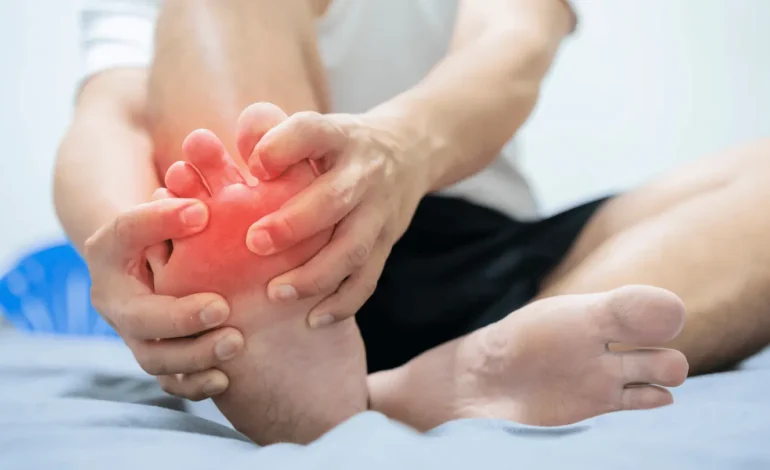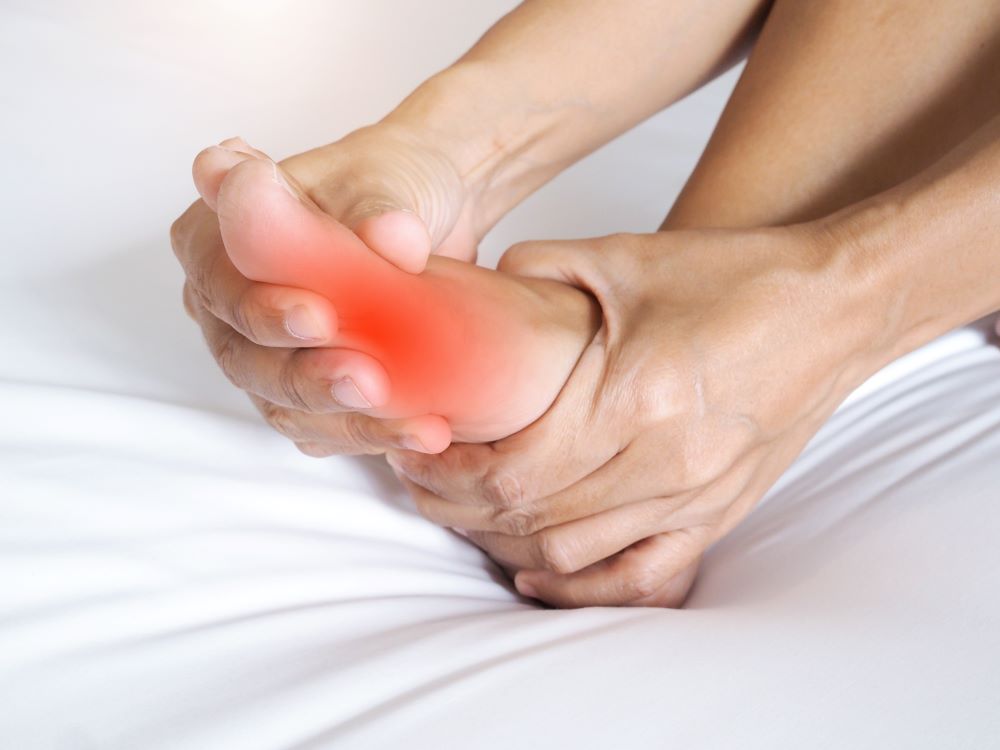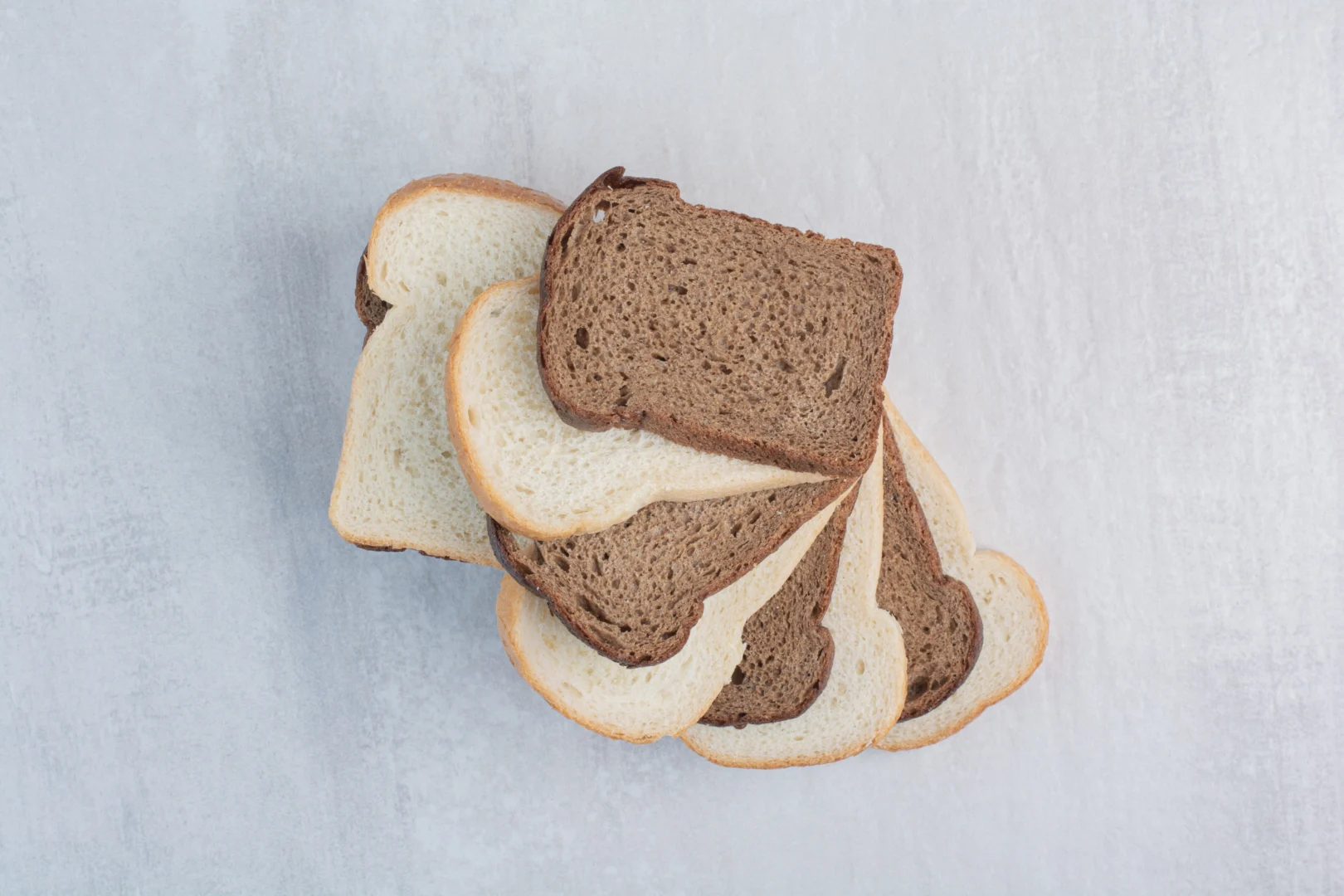The Pain That Runs Deep: How My Brother’s Battle with Gout Changed the Way We See Health
It started with a limp. My brother, 42, shrugged it off as a twisted ankle. He was a busy dad, ran a small business, and lived on takeout and coffee.

It started with a limp. My brother, 42, shrugged it off as a twisted ankle. He was a busy dad, ran a small business, and lived on takeout and coffee. But when I saw him wincing just trying to slide on a sock, I knew something was wrong.
By the time he got to the doctor, his foot was swollen, red, and radiating heat. The verdict? Gout.
I always thought gout was something that happened to older men, maybe someone’s retired uncle who drank too much red wine. I never expected it to hit someone like my brother—active, midlife, and otherwise healthy. But that’s the thing about gout. It doesn’t just creep up on your joints. It creeps up on your life.
What Is Gout—and Why Is It Spiking Today?
Gout is a form of inflammatory arthritis caused by an excess buildup of uric acid in the blood. When uric acid crystallizes, those sharp, glass-like particles lodge in joints—most often the big toe, but also the knees, ankles, elbows, and wrists.
It’s sudden. It’s excruciating. And it’s becoming more common than ever.
Once known as the “disease of kings,” thanks to its connection to indulgent diets, gout is now a modern epidemic—fueled by stress, processed food, alcohol, and a lack of movement.
Who Is Most at Risk?

Gout doesn’t discriminate, but some people are more vulnerable than others.
By Gender:
- Men are more likely to develop gout earlier—typically between ages 30 and 50.
- Women tend to be protected until menopause, when estrogen levels drop and risk rises.
By Race:
- Black and Hispanic Americans are disproportionately affected—linked to a combination of genetics, dietary patterns, and reduced access to preventative care.
Other Risk Factors:
- Family history (our grandfather had it too)
- Obesity or high belly fat
- High blood pressure or diabetes
- Chronic dehydration
- Diets high in red meat, shellfish, beer, and sugar-sweetened drinks
For my brother, it was a perfect storm: long workdays, poor hydration, processed meals, and very little sleep.
The Wake-Up Call We Didn’t Expect
Watching my brother struggle through a gout flare-up was eye-opening. It wasn’t just pain—it was immobilizing. He couldn’t walk, couldn’t drive, couldn’t sleep. The pain was so intense it made him nauseous.
But what changed him wasn’t just the flare. It was the realization that gout was trying to tell him something deeper—that his body was overwhelmed and out of balance.
Also Read About: Rheumatoid Arthritis and Heart Health is there a reason for concern?
How He Fought Back—Naturally and Intentionally
He didn’t want to rely solely on prescriptions if he could help it. With his doctor’s guidance, he made serious changes. Here’s what helped him turn the tide:
1. Hydration Became Sacred
He started drinking 10–12 glasses of water a day, like it was medicine—because for gout, it is. Uric acid leaves the body through urine, and dehydration is one of gout’s biggest allies.
2. Sugar Was the First to Go
He gave up soda completely and cut back on fruit juice and processed snacks. Fructose, especially from corn syrup, drives up uric acid faster than almost anything else.
3. Meat Became a Weekend Treat
He didn’t go vegetarian, but he cut down red meat to once a week, swapped in more lentils and leafy greens, and added low-fat dairy, which can actually help lower uric acid.
4. He Learned the Power of Cherries and Coffee
Tart cherries and black coffee became part of his daily routine—both are linked to fewer gout flares. He didn’t believe it at first, but after a month, the swelling stayed away.
5. Slow, Steady Movement
At first, even walking was painful. But once the flare calmed, he committed to daily walks and gentle stretching. Movement improved his circulation, lowered his stress, and helped keep future attacks at bay.
Why Gout Is a Bigger Deal Than We Think
Gout is more than just a painful joint. It’s a metabolic warning sign. People with gout are at much higher risk for heart disease, kidney issues, and diabetes.
Left untreated, gout can lead to:
- Permanent joint damage
- Kidney stones
- Hard uric acid deposits under the skin (called tophi)
- Chronic inflammation
It isn’t just about treating the pain—it’s about changing the terrain of your health.
When to Seek Medical Help
If you or someone you love has experienced symptoms like:
- Sudden, severe joint pain (especially at night)
- Swelling, redness, or heat in one joint
- Recurring pain in toes, feet, knees, or fingers
…it’s time to see a doctor. Gout is manageable—but only when you listen to it early. My brother was lucky. He listened in time. Now, he’s not just pain-free—he’s more connected to his health than ever before.
What Our Family Learned from His Journey
We learned that pain doesn’t show up to punish—it shows up to signal. Gout, for my brother, wasn’t a setback. It was a second chance.
Today, he’s healthier than he’s been in years. He sleeps better. Eats smarter. Moves more. And the best part? He’s teaching his kids how to pay attention to their bodies before they break down.
Gout might be invisible most of the time. But once you’ve seen it—really seen what it does—you don’t forget. And you don’t take your joints, or your health, for granted again.
By Ravoke News Desk for Ravoke.com








